Protein folding rate prediction integrating multi-level structural information
DOI: 10.23977/jeis.2024.090218 | Downloads: 19 | Views: 1171
Author(s)
Mingxiao Xu 1, Zhouting Jiang 1, Zhenan Wu 1
Affiliation(s)
1 College of Science, China Jiliang University, Hangzhou, Zhejiang, China
Corresponding Author
Zhouting JiangABSTRACT
Studying protein folding can not only drive the great development of life sciences, but also provide tremendous help for human disease prevention and treatment, and has great application value in the fields of medicine and bioengineering. This article uses the BP neural network model to predict the rate of protein folding, and provides an effective way to find the key factors of protein folding kinetics. The main research contents are as follows: (1) Optimization of the neural network model. This article selected 4 types of optimizers and 36 types of activation function combinations to assess the performance of the neural network model in predicting the rate of protein folding. From the results, it is more accurate and fast to predict the rate of protein folding when using the Adam optimizer and Sigmoid and Tanh function combinations as the parameters of the neural network model. (2) The influence of chain length in primary structure information on prediction accuracy is studied and compared. From the prediction results, it was found that the prediction accuracy was higher when using the effective chain length of the protein than using the protein chain length. (3) Study the effect of different separation cutoffs on protein folding rates. The results show that when the separation cutoff value lcut of the contact order is 3, the most accurate prediction value can be obtained.
KEYWORDS
BP neural network; activation function; protein folding rate prediction; contact ordertCITE THIS PAPER
Mingxiao Xu, Zhouting Jiang, Zhenan Wu, Protein folding rate prediction integrating multi-level structural information. Journal of Electronics and Information Science (2024) Vol. 9: 141-148. DOI: http://dx.doi.org/10.23977/10.23977/jeis.2024.090218.
REFERENCES
[1] Levinthal C. Are there pathways for protein folding? [J]. Journal de chimie physique, 1968, 65: 44-45.
[2] GALZITSKAYA O V, IVAKOV D N, Finkelstein A V. Folding nuclei in proteins[J]. Molecular Biology, 2001, 35: 605-613.
[3] PLAXCO K W, SIMONS K T, BAKER D. Contact order, transition state placement and the refolding rates of single domain proteins [J]. Journal of Molecular Biology, 1998, 277(4): 985-994
[4] IVANKOV D N, GARBUZYNSKIY S O, ALM E, et al. Contact order revisited: influence of protein size on the folding rate [J]. Protein Science, 2003, 12(9): 2057-2062.
[5] GROMIHA M M, SELVARAJ S. Comparison between long-range interactions and contact order in determining the folding rate of two-state proteins: application of long-range order to folding rate prediction[J]. Journal of Molecular Biology, 2001, 310(1): 27-32.
[6] ZHOU H, ZHOU Y. Folding rate prediction using total contact distance[J]. Biophysical Journal, 2002, 82(1): 458-463.
[7] MAKAROV D E, KELLER C A, PLAXCO K W, et al. How the folding rate constant of simple, single-domain proteins depends on the number of native contacts[J]. Proceedings of the National Academy of Sciences, 2002, 99(6): 3535-3539.
[8] ZHANG L, LI J, JIANG Z, et al. Folding rate prediction based on neural network model[J]. Polymer, 2003, 44(5): 1751-1756.
[9] HUANG L T, GROMIHA M M. Analysis and prediction of protein folding rates using quadratic response surface models[J]. Journal of Computational Chemistry, 2008, 29(10): 1675-1683.
[10] GROMIHA M M, SELVARAJ S. Inter-residue interactions in protein folding and stability[J]. Progress in Biophysics and Molecular Biology, 2004, 86(2): 235-277.
[11] WAKO H, SCHERAGA H A. Use of distance constraints to fold a protein[J]. Macromolecules, 1981, 14(4): 961-969.
[12] GUO Z, BROOKS III C L, BOCZKO E M. Exploring the folding free energy surface of a three-helix bundle protein[J]. Proceedings of the National Academy of Sciences, 1997, 94(19): 10161-10166.
[13] GROMIHA M M, HUANG L T. Machine learning algorithms for predicting protein folding rates and stability of mutant proteins: comparison with statistical methods[J]. Current Protein and Peptide Science, 2011, 12(6): 490-502.
[14] GARBUZYNSKIY S O, IVANKOV D N, BOGATYREVA N S, et al. Golden triangle for folding rates of globular proteins[J]. Proceedings of the National Academy of Sciences, 2013, 110(1): 147-150.
[15] LANSBURY JR P T. Evolution of amyloid: what normal protein folding may tell us about fibrillogenesis and disease[J]. Proceedings of the National Academy of Sciences, 1999, 96(7): 3342-3344.
[16] WARDAH W, KHAN M G M, SHARMA A, et al. Protein secondary structure prediction using neural networks and deep learning: A review[J]. Computational Biology and Chemistry, 2019, 81: 1-8.
[17] APICELLA A, DONNARUMMA F, ISGRÒ F, et al. A survey on modern trainable activation functions[J]. Neural Networks, 2021, 138: 14-32.
[18] GHOSH A, ELBER R, SCHERAGE H A. An atomically detailed study of the folding pathways of protein A with the stochastic difference equation[J]. Proceedings of the National Academy of Sciences, 2002, 99(16): 10394-10398.
[19] PAN Y, WANG Y, ZHOU P, et al. Activation functions selection for BP neural network model of ground surface roughness[J]. Journal of Intelligent Manufacturing, 2020, 31: 1825-1836.
[20] ZHANG L, SUN T. Folding rate prediction using n-order contact distance for proteins with two-and three-state folding kinetics[J]. Biophysical Chemistry, 2005, 113(1): 9-16.
[21] MUÑOZ V, EATON W A. A simple model for calculating the kinetics of protein folding from three-dimensional structures[J]. Proceedings of the National Academy of Sciences, 1999, 96(20): 11311-11316.
| Downloads: | 13984 |
|---|---|
| Visits: | 597413 |
Sponsors, Associates, and Links
-
Information Systems and Signal Processing Journal
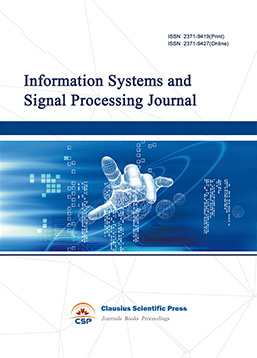
-
Intelligent Robots and Systems
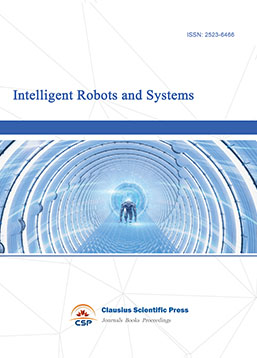
-
Journal of Image, Video and Signals
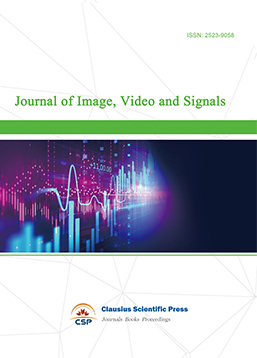
-
Transactions on Real-Time and Embedded Systems
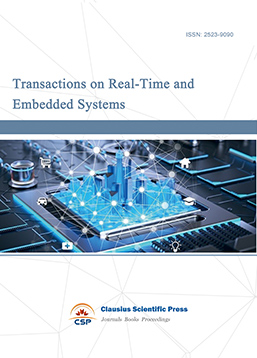
-
Journal of Electromagnetic Interference and Compatibility
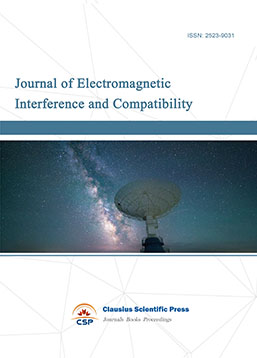
-
Acoustics, Speech and Signal Processing
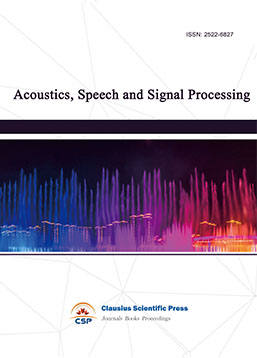
-
Journal of Power Electronics, Machines and Drives
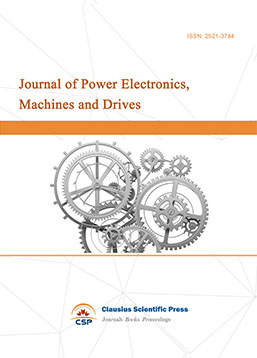
-
Journal of Electro Optics and Lasers
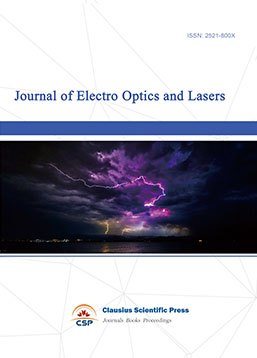
-
Journal of Integrated Circuits Design and Test
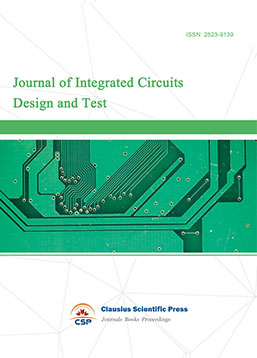
-
Journal of Ultrasonics
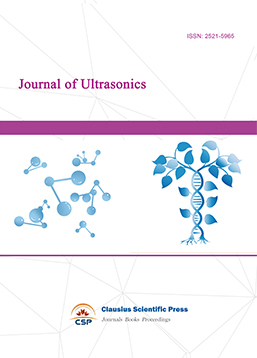
-
Antennas and Propagation
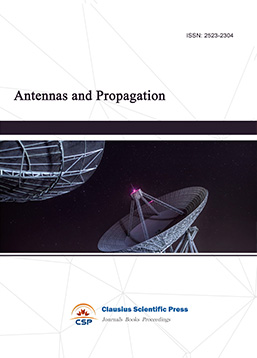
-
Optical Communications
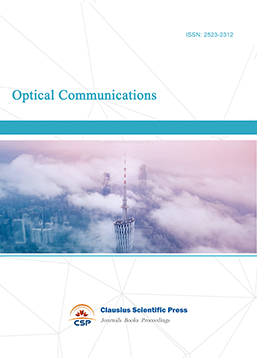
-
Solid-State Circuits and Systems-on-a-Chip
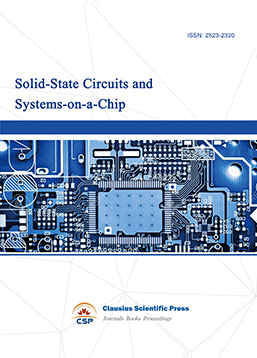
-
Field-Programmable Gate Arrays
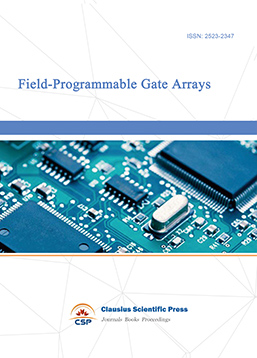
-
Vehicular Electronics and Safety

-
Optical Fiber Sensor and Communication
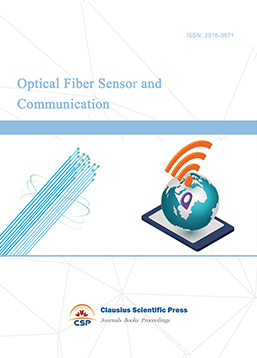
-
Journal of Low Power Electronics and Design
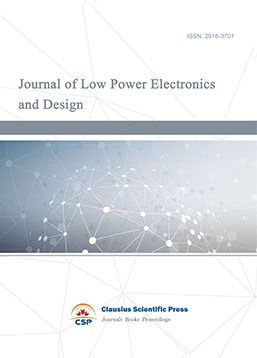
-
Infrared and Millimeter Wave
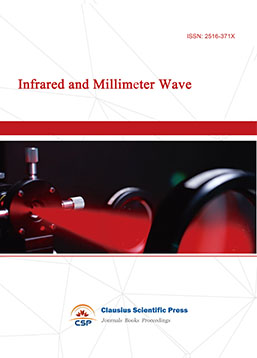
-
Detection Technology and Automation Equipment

-
Journal of Radio and Wireless
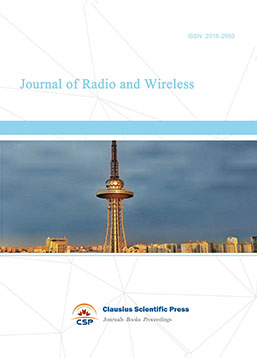
-
Journal of Microwave and Terahertz Engineering
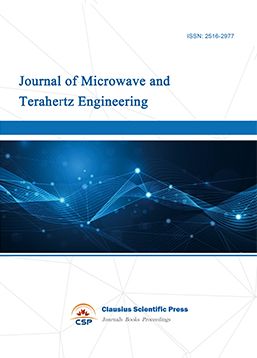
-
Journal of Communication, Control and Computing
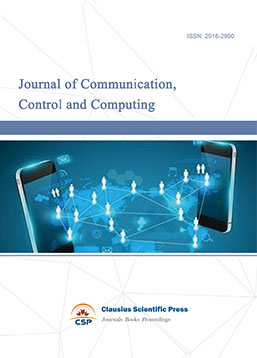
-
International Journal of Surveying and Mapping
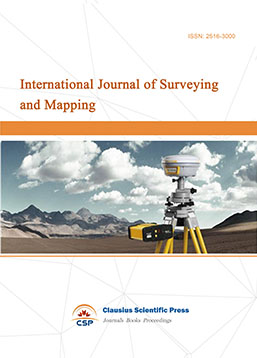
-
Information Retrieval, Systems and Services
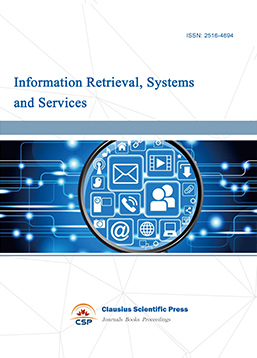
-
Journal of Biometrics, Identity and Security
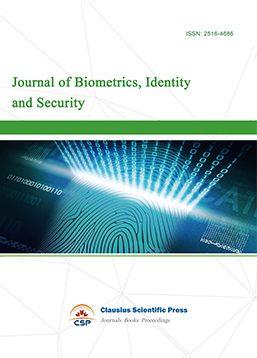
-
Journal of Avionics, Radar and Sonar
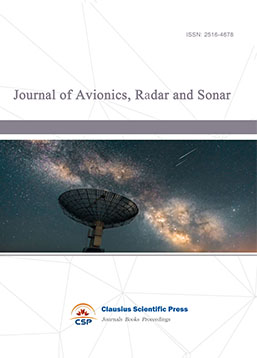

 Download as PDF
Download as PDF